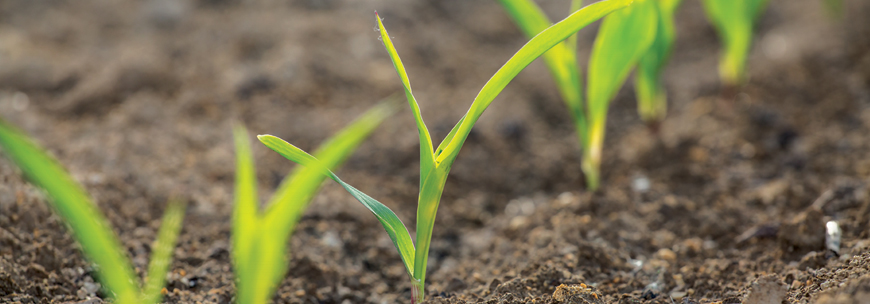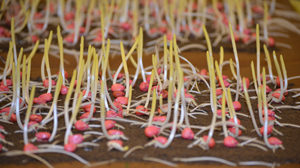
Protecting Your Investment – Cold Saturation Germ Test
What factors do you consider when determining what seed to plant first? Chances are things like: field conditions, soil temperature, seed maturity, drainage, and weather come to mind first. However, with the spring we’ve had, weather is likely at the top of your list.
When a few days of sun and 65-degree weather are followed by rain and highs in the 50’s, and then back to sun and higher temperatures, germination and development of corn and soybean seeds can be greatly affected. All seed companies list the germination percent of the seed on the tag of bag , which usually reflects the warm germination test or standard germination test done on all seed. The process includes germinating several hundred seeds at temperatures of 68-70 degrees or greater and recording the percent of seed germinated.


Another factor used in determining where to plant is looking at your Cold Saturation Germ Test. This is a higher-level germination or stress test to determine how seed will germinate under less than ideal conditions. It is a great way to determine how seed will germinate under stress. such as cold, wet weather that may occur after planting. The test involves taking seed and keeping it in a germination chamber for seven days at 50 degrees and then four days at 73 degrees. The number of normal, abnormal, and dead seedlings are determined. This number reflects the number of seedlings that will grow under stressful conditions.
Knowing the cold saturation germ allows growers who plant early to adjust what hybrids to plant first, what fields to plant in, and to adjust for potential weather issue such as cold and wet weather expected soon after planting. Knowing the cold saturated germ also allows growers to adjust populations for cold, wet weather and to plant seed that has a higher cold saturated germ first to tolerate more variable weather that come with early planting.
We work with growers to know and understand this data as part of their B&A Genetics Plan, further helping them protect their investment.

